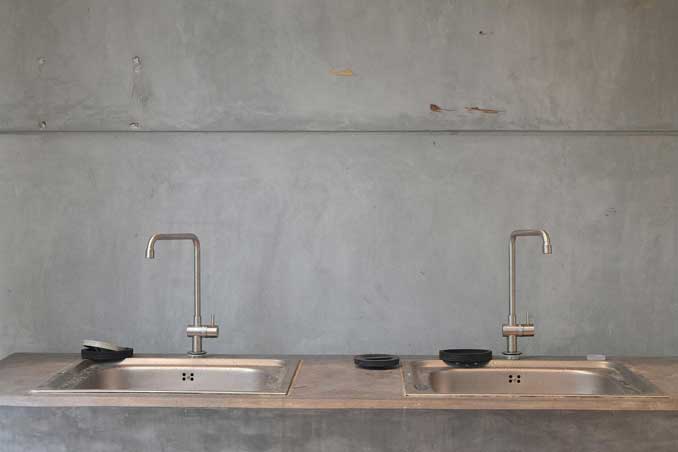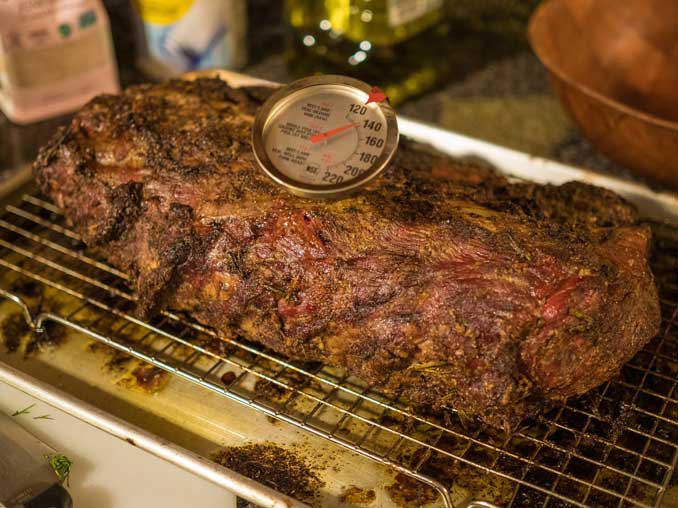
Restaurant sanitation has always been important, but the pandemic made us think about public surfaces even more. Read these tips and go above and beyond with your sanitation practices at you business or your home kitchen.
Sanitation has always been an important part of the restaurant industry, but the recent pandemic has made us think about it even more. While most restaurant employees already know the basics of sanitation, here are some tips for improving sanitation for restaurants that might be overlooked.

Keep an Eye on Internal Temperatures
Microorganisms and bacteria are more likely to grow if the internal food temperature is between 41- and 135-degrees Fahrenheit. This means that for food to remain safe, it needs to be served and stored at the correct temperature.
Try to avoid cooking food too far ahead and letting it sit out, as the internal temperature of the food could drop or rise into the unsafe range. Document the temperatures at each stage to ensure it stays within a safe range. And when it’s time to store the food, store it at a safe temperature below 41 degrees Fahrenheit.
Sanitize Refrigerators and Freezers
While refrigerators and freezers allow you to store food at a safe temperature, that storage space can be unsanitary if not regularly cleaned. Cleaning refrigerators and freezers are both unfortunately low on the priority list for most restaurants, but you should re-evaluate these practices if you want to keep your food safe.
Work refrigerator and freezer cleaning into your regular sanitizing schedule. Clean both the inside and the outside so that the entire piece of equipment is consistently clean and able to provide a safe space for food storage.
Deep Clean Cooking Surfaces
Keeping cooking surfaces clean is an obvious part of kitchen sanitation, but what can be less obvious is the need for deep cleaning and maintenance. For example, you probably clean your griddle every day and wipe down the backsplash and side splashes. However, to properly maintain your griddle and provide a sanitary cooking surface, you also need to deep clean it once a week to prevent food from sticking and rust from forming.
Research deep-cleaning techniques for all other kitchen equipment you have, so that you know how to properly maintain it, and to keep your restaurant’s cooking surfaces as clean as possible.
Keeping an eye on internal temperatures, sanitizing refrigerators and freezers, and deep-cleaning cooking surfaces are all tips for improving sanitation for restaurants that you may not have previously considered. Take these extra tips into account to help your restaurant go above and beyond with its cleanliness standards.
^^ MOBILE? USE VOICE MIC ^^
facebook …
Please ‘LIKE’ the ‘Arlington Cardinal Page. See all of The Cardinal Facebook fan pages at Arlingtoncardinal.com/about/facebook …
Help fund The Cardinal Arlingtoncardinal.com/sponsor
20240105-1435future
THANKS FOR READING CARDINAL NEWS


 Amazon Best Sellers in Audible Books
Amazon Best Sellers in Audible Books